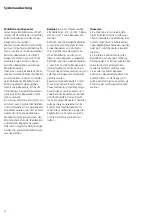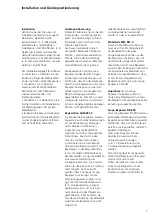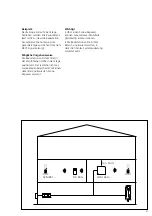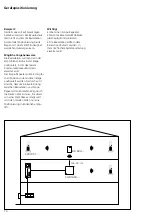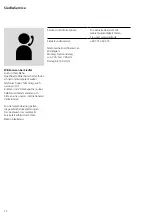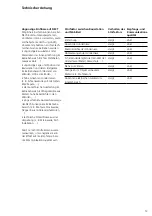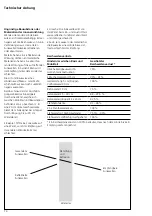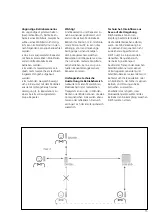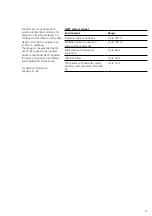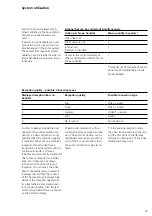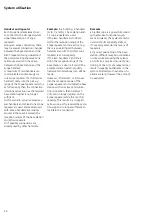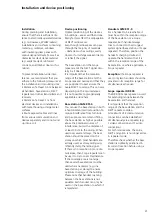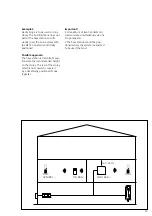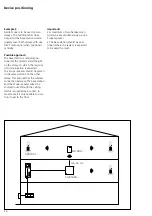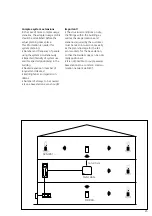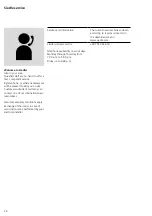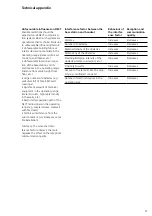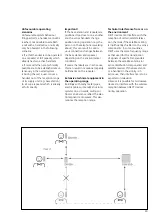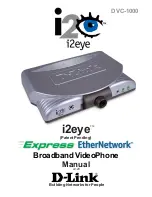
20
System utilisation
Handset and repeater
Each Scope handset always tries
to connect to the strongest system
signal (base station or Scope
repeater).
During an active connection, there
may be several connection changes
between the base station and the
DECT repeater during operation if
the person making the telephone
call moves around in the space
between the base station and the
Scope handset.
A maximum of two handsets can
communicate simultaneously via
one Scope repeater. If a third active
handset comes into the pick-up
range of the Scope repeater which is
at full capacity, then the connection
is terminated as soon as the received
base station signal is no longer
sufficient.
Such a scenario can arise when sev-
eral handsets and at least one Scope
repeater are used and several users
with active handsets are moving
around in the space between the
reception ranges of the base station
and other repeaters.
Or if possible connections are
already used by other handsets.
Example:
In a building, 4 handsets
(A, B, C and D), 1 base station and
1 Scope repeater are used.
If the two handsets A and B are
within the reception range of the
Scope repeater and are active (e.g.
there is an existing call between
handset A and B), then this Scope
repeater is at full capacity.
If the two handsets C and D are
still in the reception range of the
base station, a door call can still be
accepted and an external public
network call (telephony) can still be
made.
However, if handset C or D moves
into the reception range of the
Scope repeater and outside the base
station with an active communica-
tion connection, then handset C
or D can no longer register on the
Scope repeater while this is at full
capacity.
This results in a dropped
call as soon as the received base sta
-
tion signal is no longer sufficient to
maintain the connection.
Remarks
•
Siedle Scope is a powerful product
with extensive functional equip
-
ment. However, the system must be
used within its capability limits or,
if necessary, extended by means of
repeaters.
•
Incorrect positioning of the base
station, difficult reception conditions
on site while also using the system
at its limits, as well as incorrect posi-
tioning of one or more repeaters can
result in capacity bottlenecks in the
system. Normally such extreme situ
-
ations are rare; however they cannot
be excluded.

